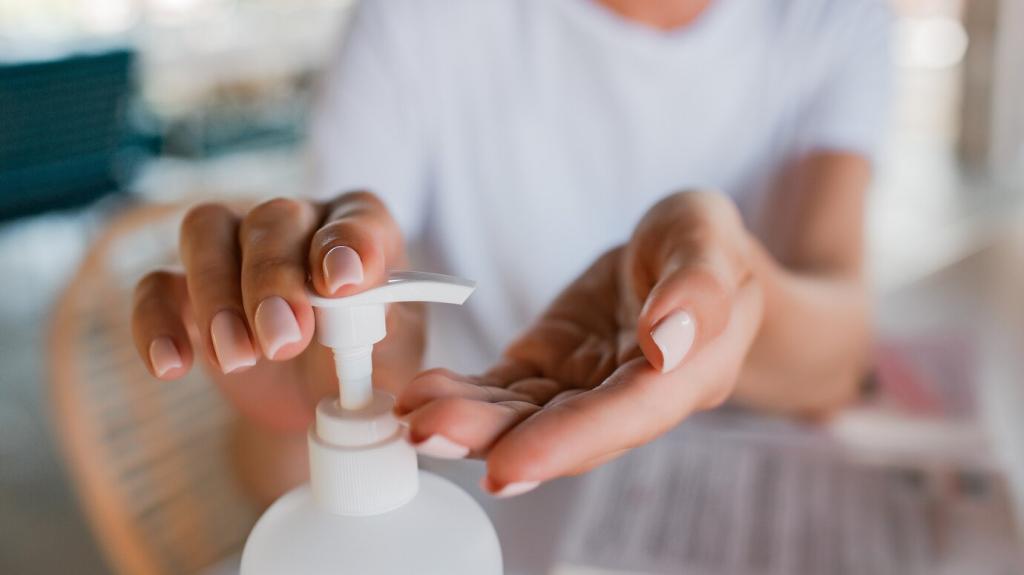Troubleshooting: From Haze to Happy Shine
You likely used too much wax or buffed too soon. Warm a cloth slightly with your hands and rebuff along the grain. If needed, add a drop of oil to relubricate, then finish with a dry polishing pass.
Troubleshooting: From Haze to Happy Shine
Overapplication is the culprit. Let the piece rest, then lightly wipe with a barely damp cloth and dry. Afterwards, apply a very thin coat and buff more thoroughly. Patience wins; thin layers always cure cleaner and brighter.
Troubleshooting: From Haze to Happy Shine
Place a cotton cloth over the mark and pass a warm iron briefly, checking often. Many rings fade. Follow with a gentle polish coat. For stubborn spots, a tiny dab of mayonnaise can help before reconditioning, used sparingly.









